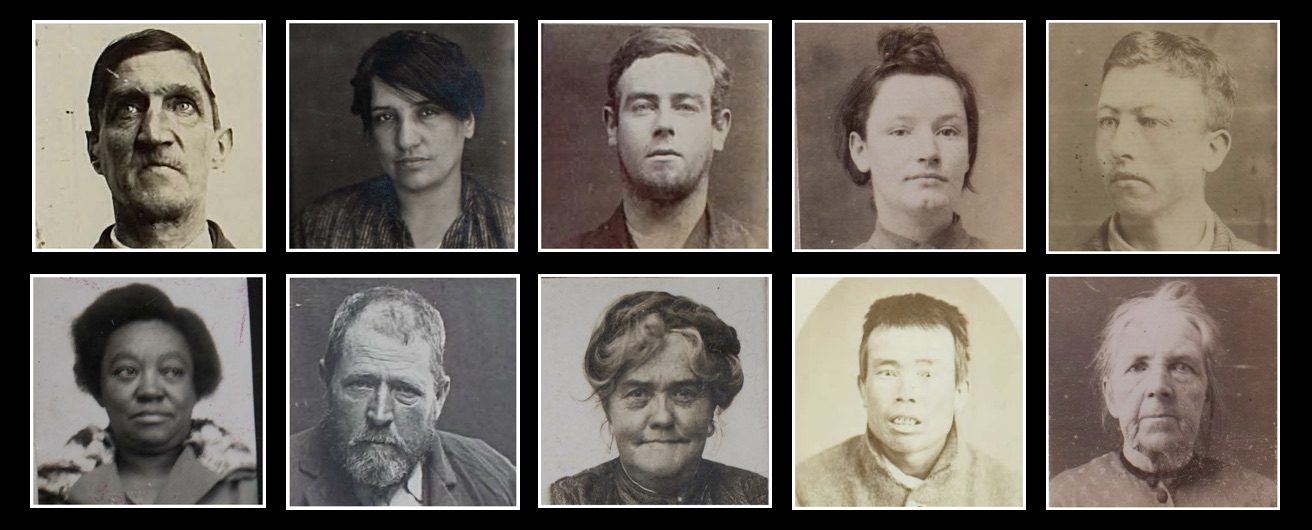Buggery was criminalised under sections 58-59 of Victoria’s Criminal Law and Practice Statute 1864. This section made it an offence to commit the ‘abominable crime of buggery’ with either mankind or any animal (bestiality). Either form of the offence was punishable by up to 15 years imprisonment, or 10 years imprisonment for an attempt. These penalties remained in place at the time of the original passing of Victoria’s Crimes Act 1958.
In some circumstances, the penalties were even steeper. In 1864, committing buggery with a person under the age of 14 years or against the consent of the person through violence was subject to capital punishment. By 1958 this had been reduced to a maximum of 20 years imprisonment.
The wording of the Act conflated homosexuality with bestiality, sexual violence and child abuse, reflecting social prejudices and anti-homosexuality discourses of the time. LGBT activism in Australia during the 1960s and 1970s gradually challenged such attitudes. The passage of the Crimes (Sexual Offences) Act 1980 decriminalised homosexuality in Victoria by removing buggery as an offence. Intercourse between humans and animals was defined as the offence of bestiality under the Act, and given a potential sentence of up to 5 years imprisonment.
Further information:
Collins, Anne-Maree. “Woman or beast?: bestiality in Queensland, 1870-1949.” Hecate 17, no. 1 (1991): 36-41.
de Waal, Peter. Unfit for publication : NSW Supreme Court and other bestiality, buggery and sodomy trials 1727-1930. Balmain, N.S.W. : P. de Waal, 2007.
Moore, Clive R., and Yorick Smaal. “Homophobia in fin de siècle colonial Queensland.” In Homophobia: An Australian History, 63-85. Sydney: Federation Press, 2008.
Moore, Clive. “That abominable crime: First steps in the social history of male homosexuals in colonial Queensland, 1859-1900.” In Gay Perspectives II: More Essays in Australian Gay Culture, edited by Robert Aldrich, 115-148. Sydney: Department of Economci History, University of Sydney, 1993.
Robinson, Shirleene. “Homophobia as Party Politics: The Construction of the ‘Homosexual Deviant’ in Joh Bjelke-Petersen’s Queensland.” Queensland Review 17, no. 1 (2010): 29-45.
Smaal, Yorick, and Mark Finnane. “Flappers and Felons: Rethinking the Criminal Law and Homosex in Interwar Australia, 1920-1939.” In From Sodomy Laws to Same-Sex Marriage: International Perspectives since 1789, edited by Mark Seymour, 83-93. London: Bloomsbury Academic, 2019.
Smaal, Yorick. “Indecent and indecorous behavior: The police and homosexuality in turn-of-the-century Queensland.” In Intimacy, Violence and Activism: Gay and Lesbian Perspectives on Australasian History and Society (pp. 56-73). (Melbourne: Monash University Publishing, 2013).
Smaal, Yorick. “It is one of those things that nobody can explain: Medicine, homosexuality and the Australian criminal courts during World War II.” Journal of the History of Sexuality 22, no. 3 (2013): 501-524.
Smaal, Yorick. “Revisiting Queensland’s war-time sex panics: Moral alarm, male homosexuality and policing public space. In Crime over Time: Temporal Perspectives on Crime and Punishment in Australia, edited by Robyn Lincoln and Shirleene Robinson, 111-142. (Newcastle upon Tyne: Cambridge Scholars, 2010).
Smaal, Yorick. “The ‘leniency problem’: A Queensland case study on sentencing male same-sex offences, 1939-1948.” Women’s History Review 21, no. 5 (2012): 793-811.
